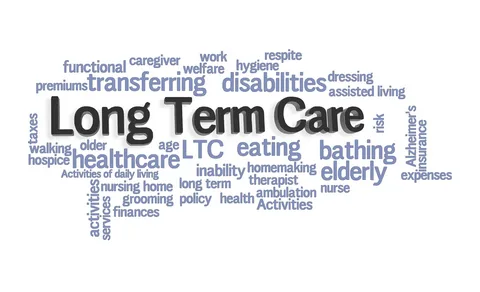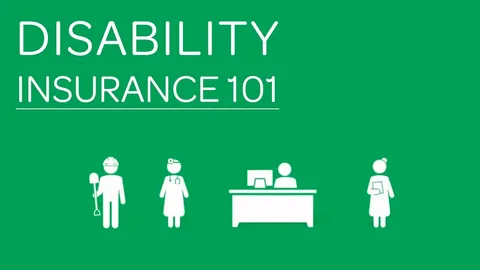Health Insurance Explained: Choosing the Right Plan
Navigating the world of health insurance can be daunting, especially with the myriad of options available. Understanding how health insurance works and what to consider when selecting a plan is essential for ensuring that you and your family receive the necessary care without facing overwhelming costs. This blog aims to demystify health insurance, explore different plan types, and provide guidance on choosing the right coverage for your needs.
What Is Health Insurance?
Health insurance is a contract between you and an insurance provider that helps cover medical expenses. In exchange for regular premium payments, the insurance company agrees to pay for a portion of your healthcare costs, including doctor visits, hospital stays, preventive care, and prescription medications. This arrangement provides financial protection and access to necessary medical services.
Types of Health Insurance Plans
- Employer-Sponsored Plans: Many employers offer health insurance as part of their employee benefits package. These plans often provide comprehensive coverage and may include contributions from the employer to help lower premiums.
- Individual Health Insurance: If you’re self-employed or your employer doesn’t offer a plan, you can purchase individual health insurance through the marketplace or directly from insurance providers. These plans can vary widely in terms of coverage and cost.
- Government Programs:
- Medicare: A federal program primarily for individuals aged 65 and older, as well as certain younger individuals with disabilities.
- Medicaid: A state and federal program that provides health coverage for low-income individuals and families. Eligibility varies by state.
- Short-Term Health Insurance: These temporary plans provide limited coverage for a short period, typically up to a year. They can be a stopgap for those between jobs or waiting for other coverage to begin.
- Catastrophic Plans: Designed for young, healthy individuals, these plans typically have low premiums and high deductibles. They cover essential health benefits after the deductible is met and are intended to protect against major medical expenses.
Key Terms to Understand
- Premium: The amount you pay each month for your health insurance plan. Premiums can vary based on the plan’s coverage and your age.
- Deductible: The amount you must pay out of pocket before your insurance begins to cover costs. Plans with lower premiums often have higher deductibles.
- Copayment (Copay): A fixed amount you pay for specific services or prescriptions at the time of the visit, regardless of the deductible status.
- Coinsurance: The percentage of costs you pay for covered services after meeting your deductible. For example, if your coinsurance is 20%, you would pay 20% of the costs, while the insurer pays 80%.
- Out-of-Pocket Maximum: The maximum amount you will pay for covered services in a policy year. Once you reach this limit, the insurance company covers 100% of the remaining costs.
Factors to Consider When Choosing a Health Insurance Plan
- Coverage Needs: Assess your healthcare needs, including any ongoing medical conditions, medications, and anticipated services. Choose a plan that covers your necessary treatments and medications.
- Network of Providers: Review the plan’s network of doctors and hospitals. If you have preferred providers, ensure they are in-network to avoid higher costs.
- Costs: Compare premiums, deductibles, copayments, and coinsurance rates. A plan with a lower premium might have higher out-of-pocket costs, so balance your budget with expected healthcare usage.
- Benefits and Services: Evaluate the benefits offered, such as preventive care, mental health services, maternity care, and wellness programs. Make sure the plan aligns with your healthcare priorities.
- Prescription Drug Coverage: If you take regular medications, check the plan’s formulary to ensure your prescriptions are covered and review associated costs.
The Enrollment Process
- Open Enrollment Period: This is the designated time frame during which you can sign up for or make changes to your health insurance plan. Open enrollment typically occurs once a year, but special enrollment periods may be available due to qualifying life events, such as marriage, childbirth, or job loss.
- Gather Necessary Information: When applying for health insurance, you’ll need to provide personal information, including your Social Security number, income details, and medical history.
- Compare Plans: Use the healthcare marketplace or consult insurance agents to compare different plans side by side. Look for the best fit in terms of coverage, costs, and provider networks.
- Submit Your Application: Once you’ve selected a plan, complete the application process, ensuring all information is accurate. Keep track of deadlines to avoid gaps in coverage.
Common Misconceptions About Health Insurance
- “I’m young and healthy; I don’t need insurance.” Health issues can arise unexpectedly, and having insurance can protect you from significant financial burdens associated with medical emergencies.
- “All health insurance plans are the same.” Plans vary significantly in coverage, provider networks, and costs. It’s crucial to do your research to find the best option for your specific needs.
- “I can only enroll during open enrollment.” While open enrollment is the primary time for enrollment, certain life events allow for special enrollment periods, giving you the opportunity to get coverage outside the typical timeframe.
Final Thoughts on Choosing the Right Health Insurance Plan
Choosing the right health insurance plan is a critical decision that can significantly impact your health and financial well-being. By understanding the types of plans available, key terms, and factors to consider, you can make an informed choice that meets your healthcare needs and budget.
Take the time to evaluate your options, compare plans, and assess your specific circumstances. Whether you’re enrolling for the first time or reviewing your current coverage, being proactive about your health insurance can help you secure the care you need without the stress of unexpected costs. Ultimately, investing in health insurance is an investment in your health and peace of mind.









